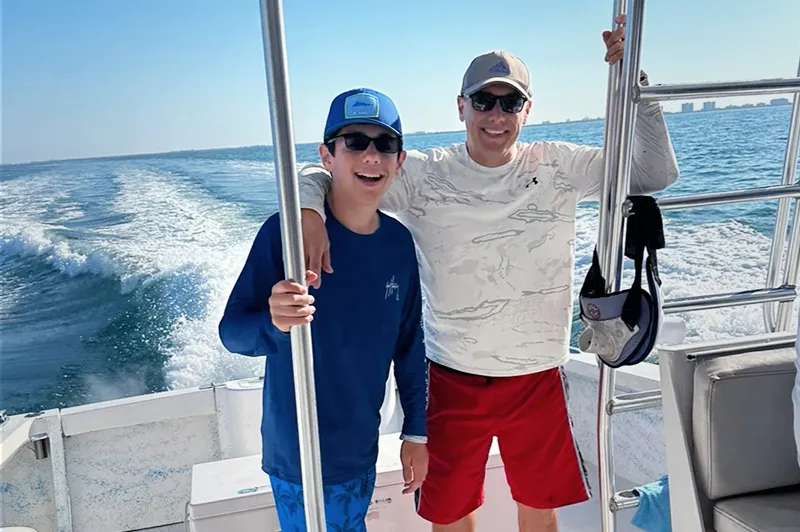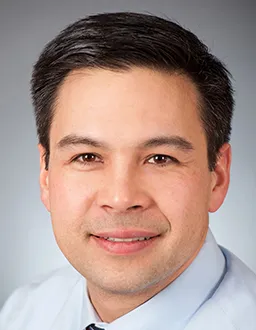Your child will need to fast (no eating or drinking) for approximately 12 hours prior to the POEM procedure. Solid food is typically held after noon on the day prior to the procedure but liquids are continued up to midnight the day prior to the procedure. POEM is performed while your child is under anesthesia.
The doctor will pass an endoscope — a thin, flexible tube — through your child’s mouth and into their esophagus. The endoscope has a tiny camera that allows the doctor to see images from the esophagus on a video monitor.
Once inside the esophagus, the doctor will make a small incision in its lining. The endoscope is then advanced through the incision and a tunnel is created in the wall of the esophagus to the lower esophageal sphincter (the band of muscle that does not relax and open in patients with achalasia). This lower sphincter is then cut, which is called a myotomy.
At Boston Children’s Hospital, we perform an additional measurement of the pressures of the lower esophageal sphincter (called an Endoflip) before and after the sphincter is cut to ensure that the esophageal sphincter has been appropriately opened to improve swallowing.
After the sphincter is cut, the doctor will close the small incision at the opening of the tunnel with small clips, which come off on their own over the next couple weeks and pass through the GI tract.
Following POEM, your child will need to stay in the hospital overnight to recover. Most children have only minimal discomfort from the procedure. Their doctor will prescribe antibiotics to help prevent infection. The day after the POEM, your child will undergo a barium swallow X-ray test to confirm that the procedure was successful prior to returning home. Your child should advance their diet back to regular table foods at home over the course of several days. Most children are able to return to regular activities (such as school) within three days of their POEM procedure.





